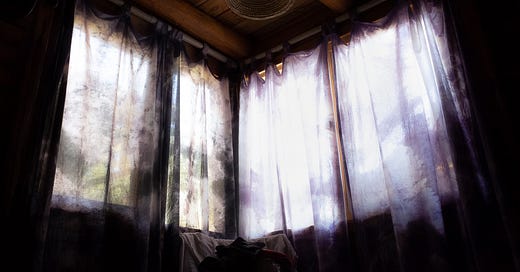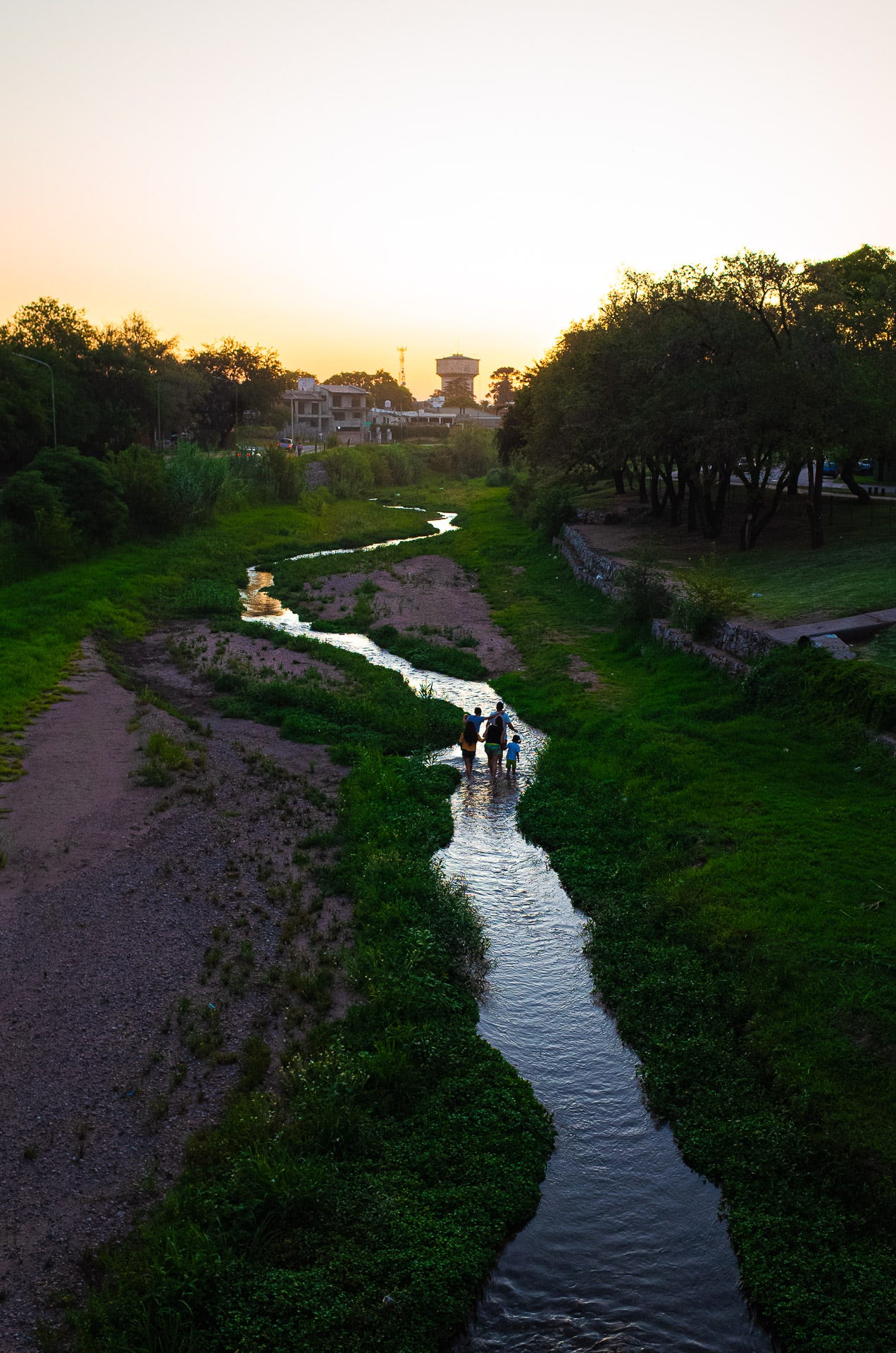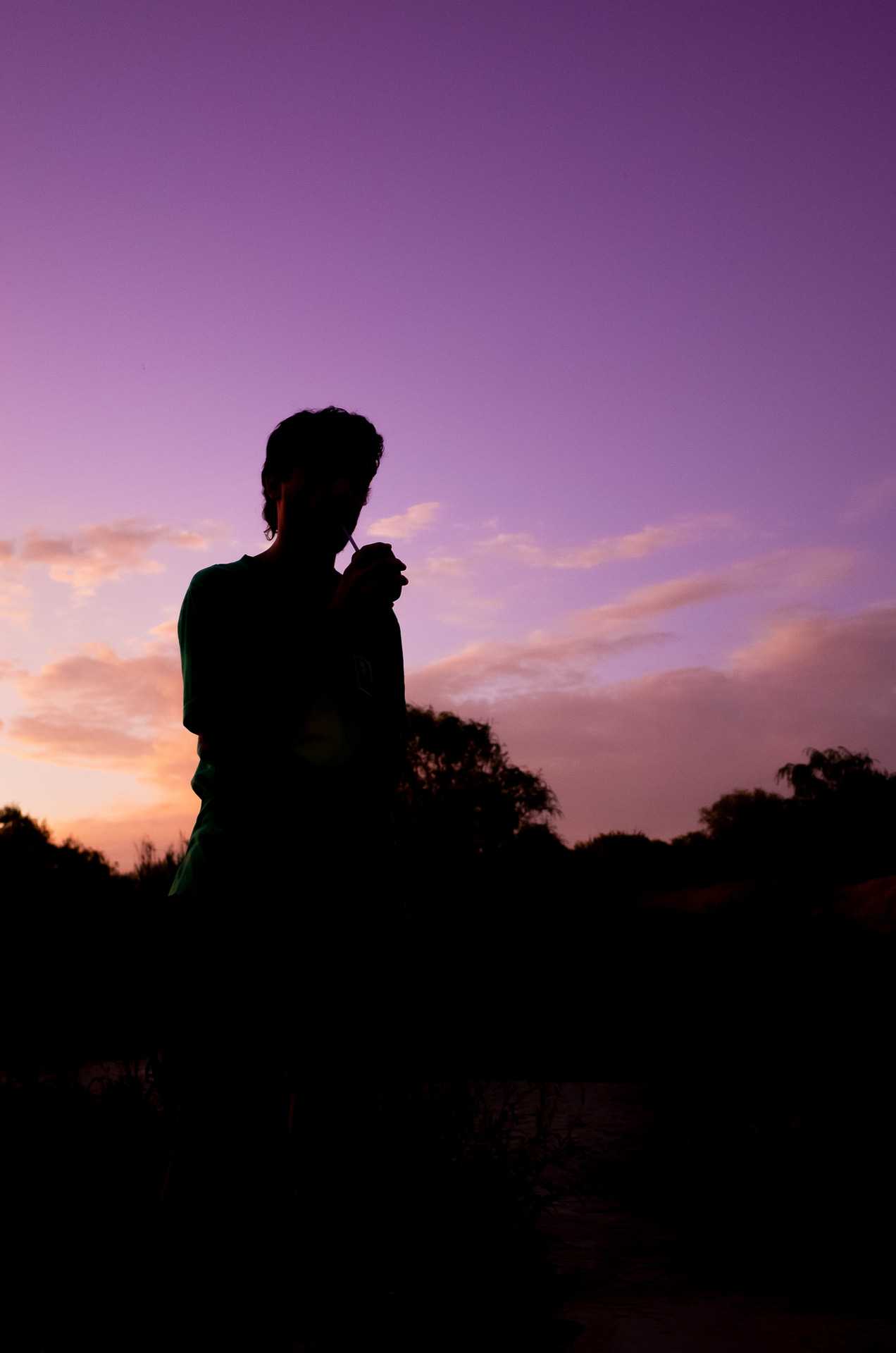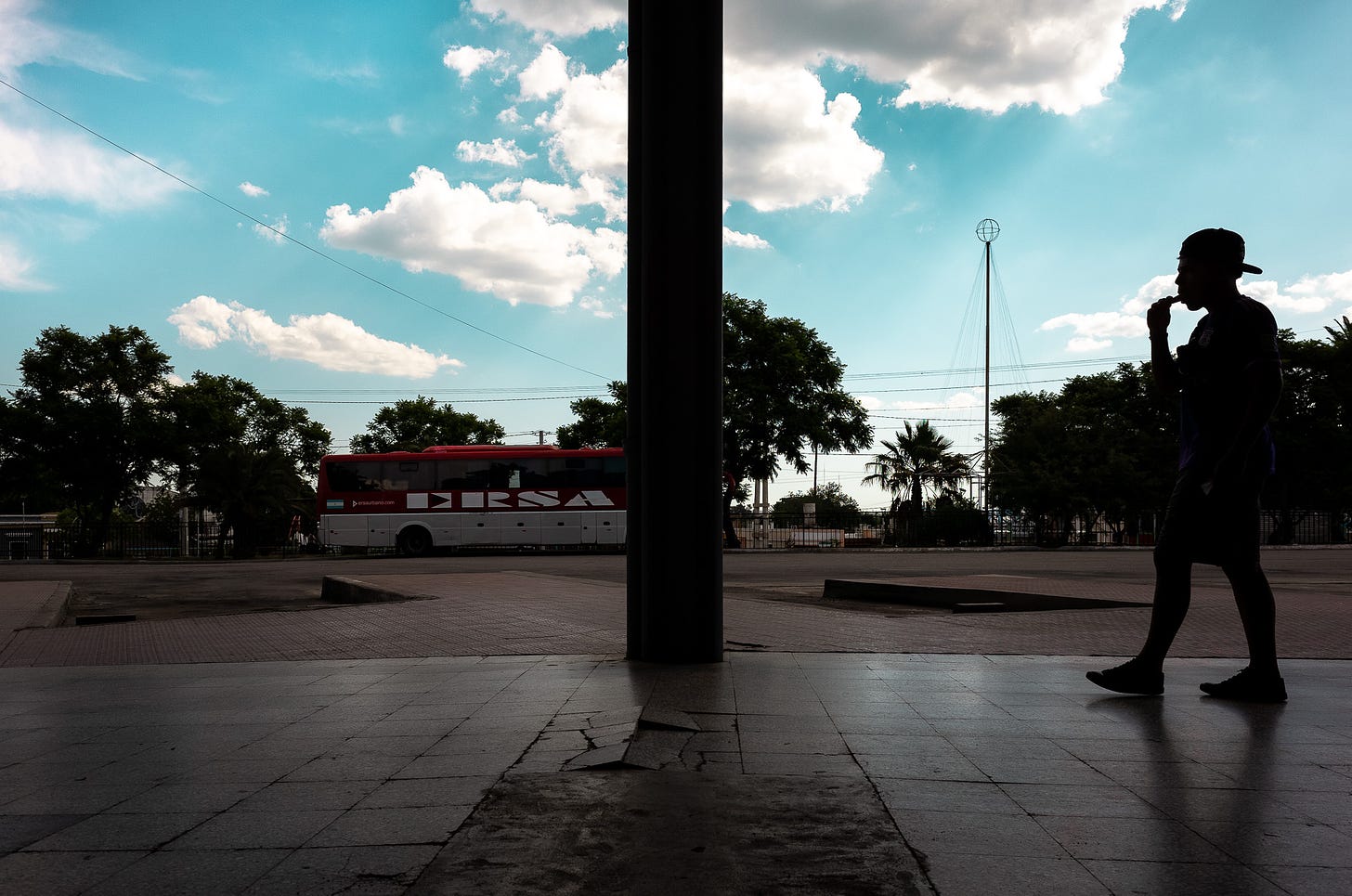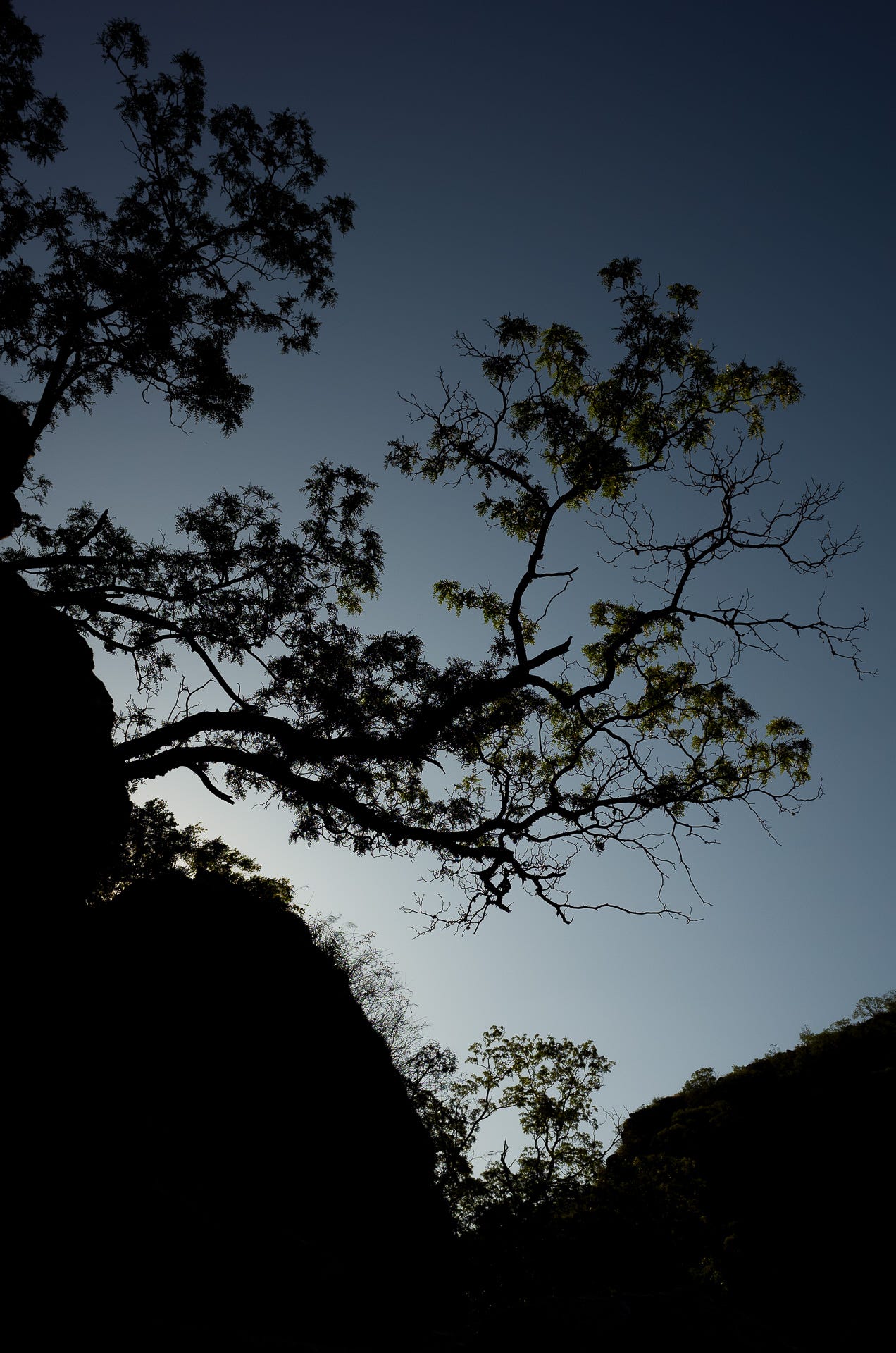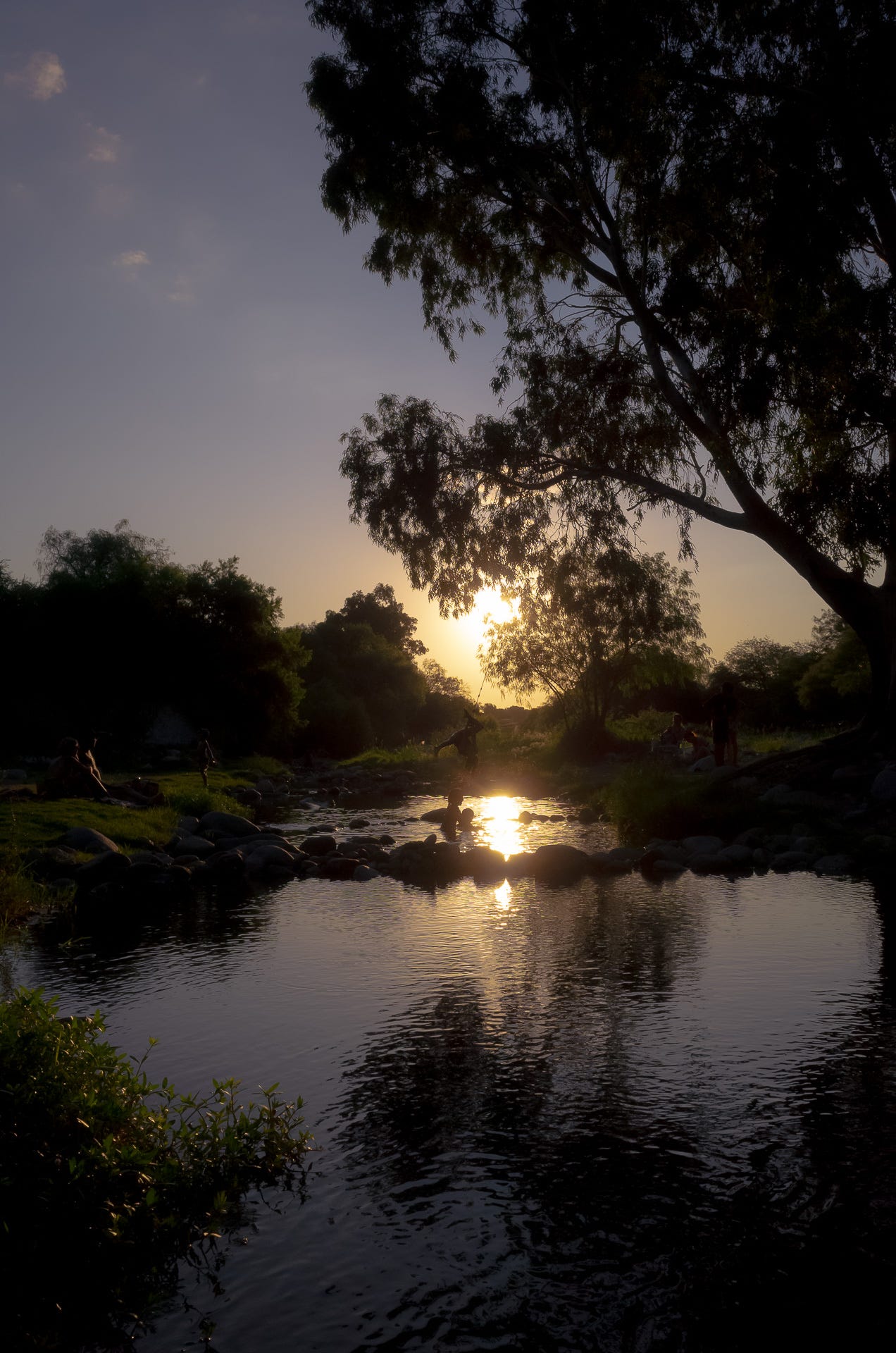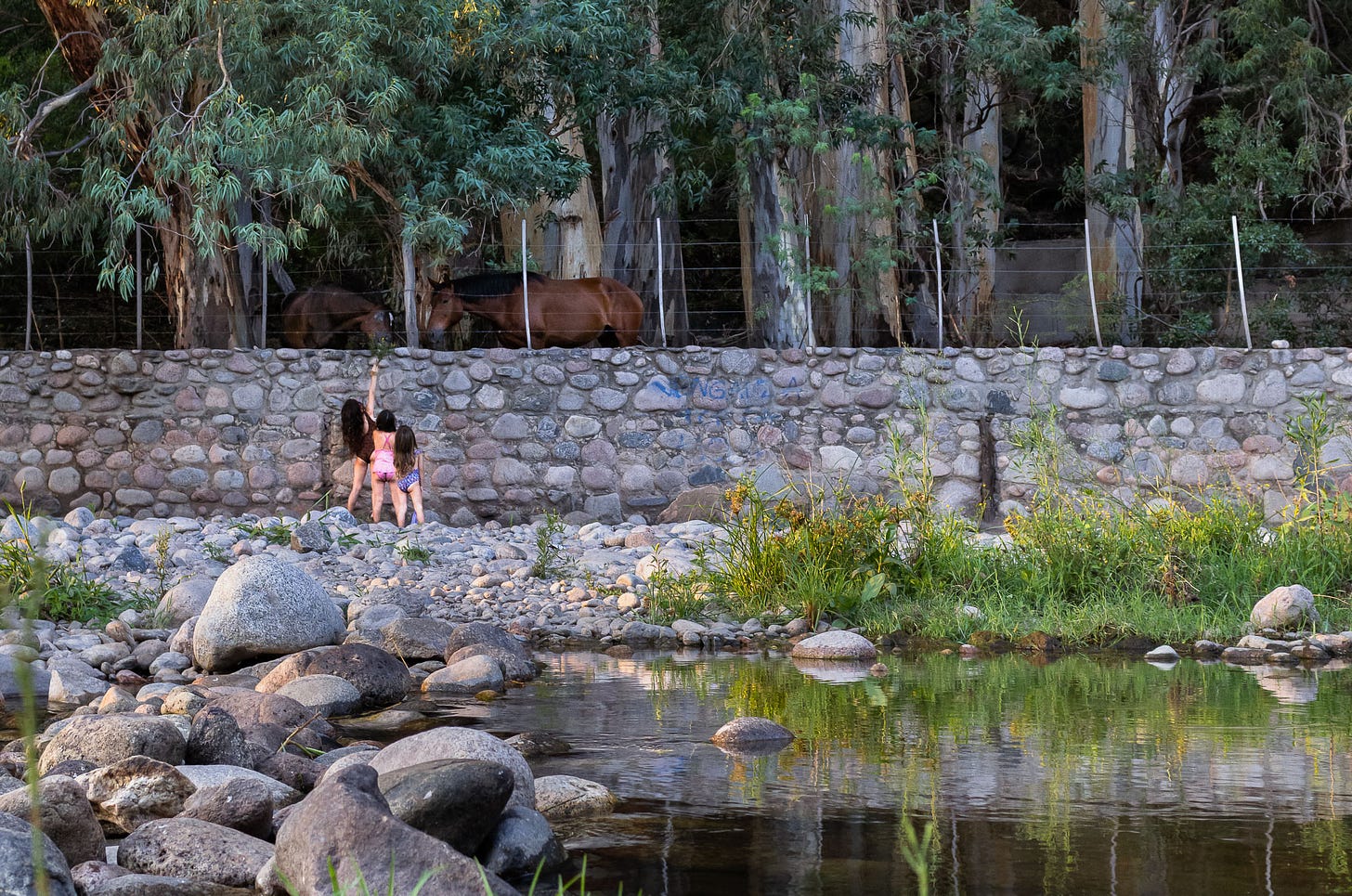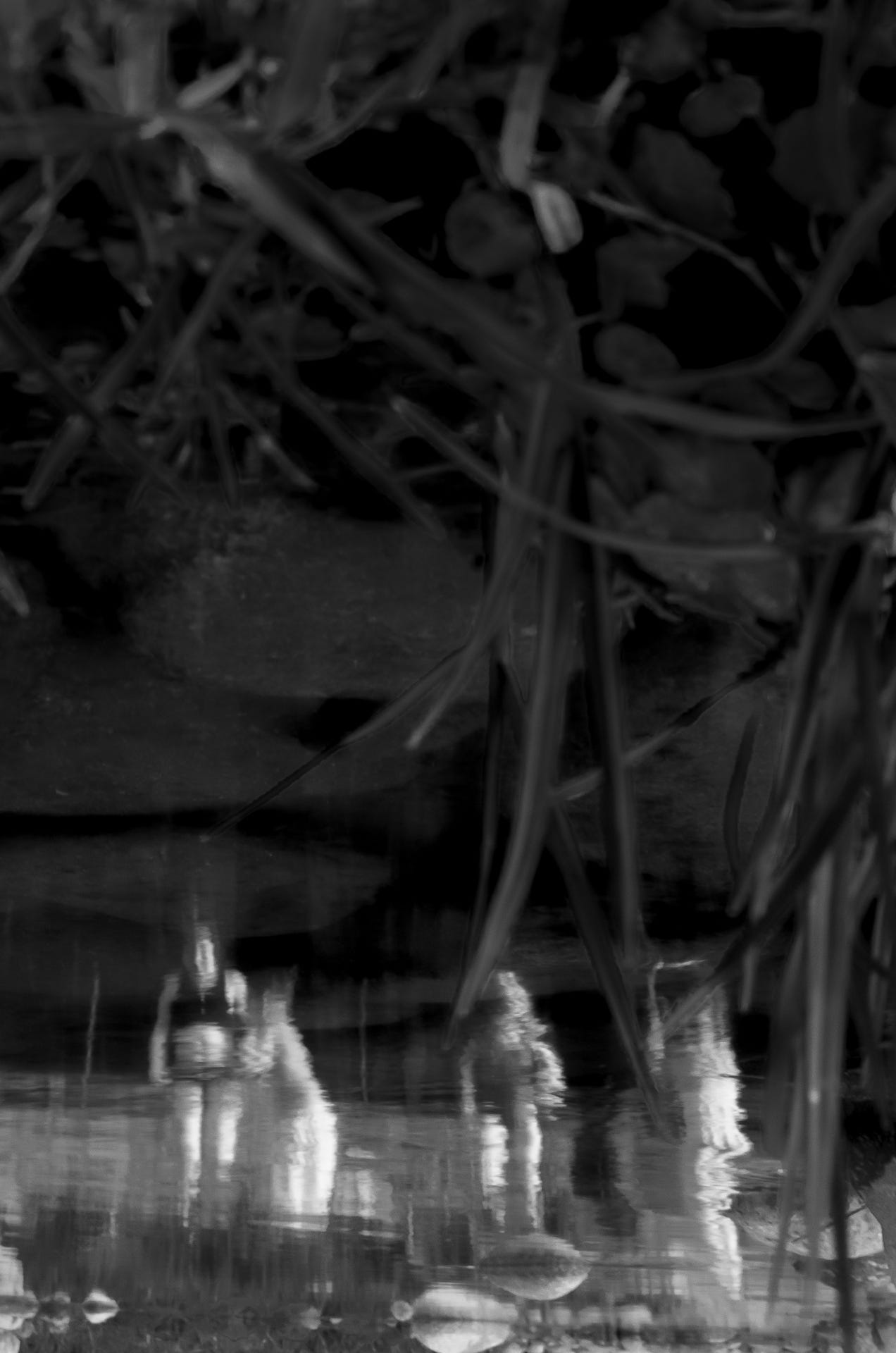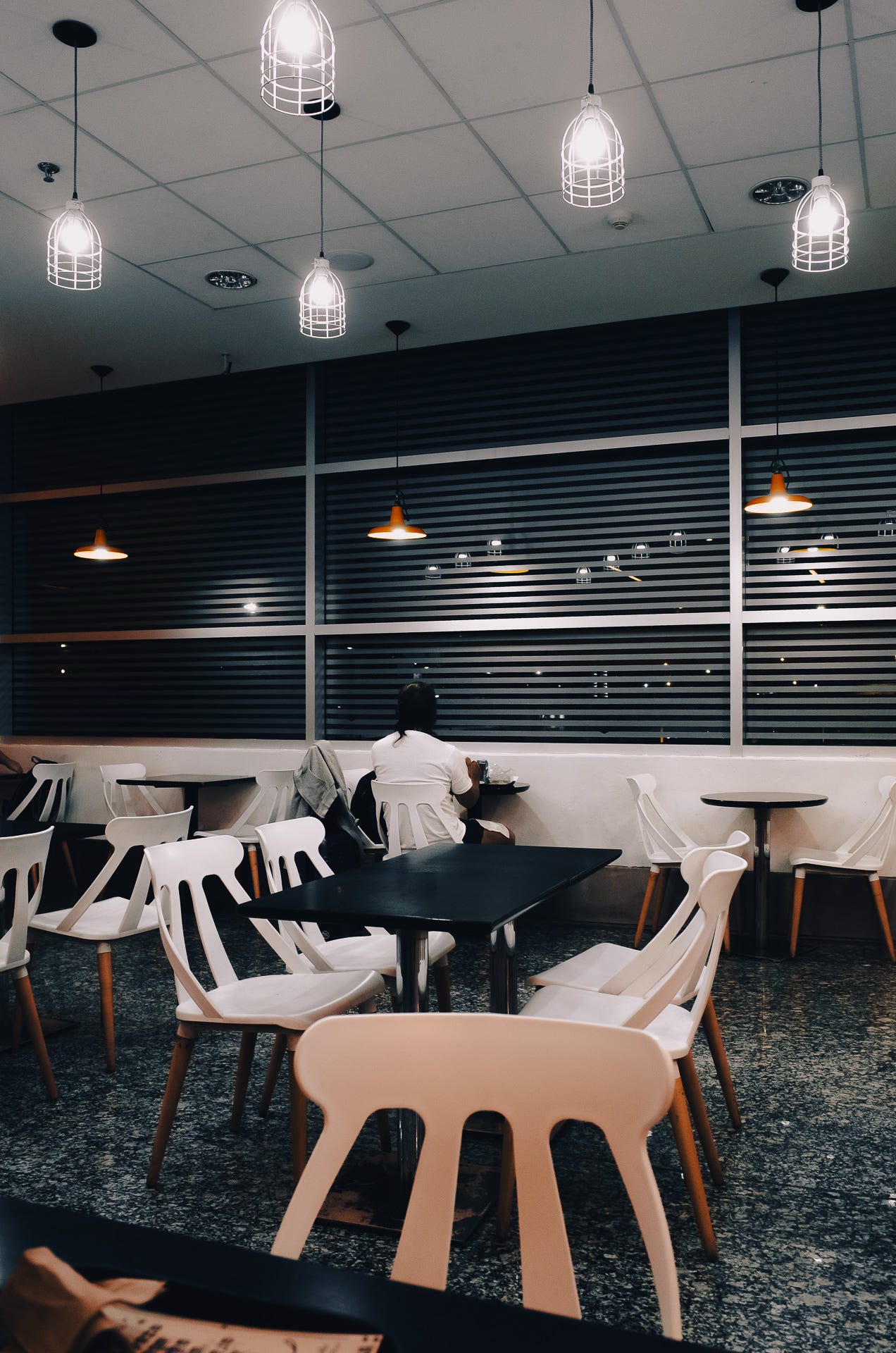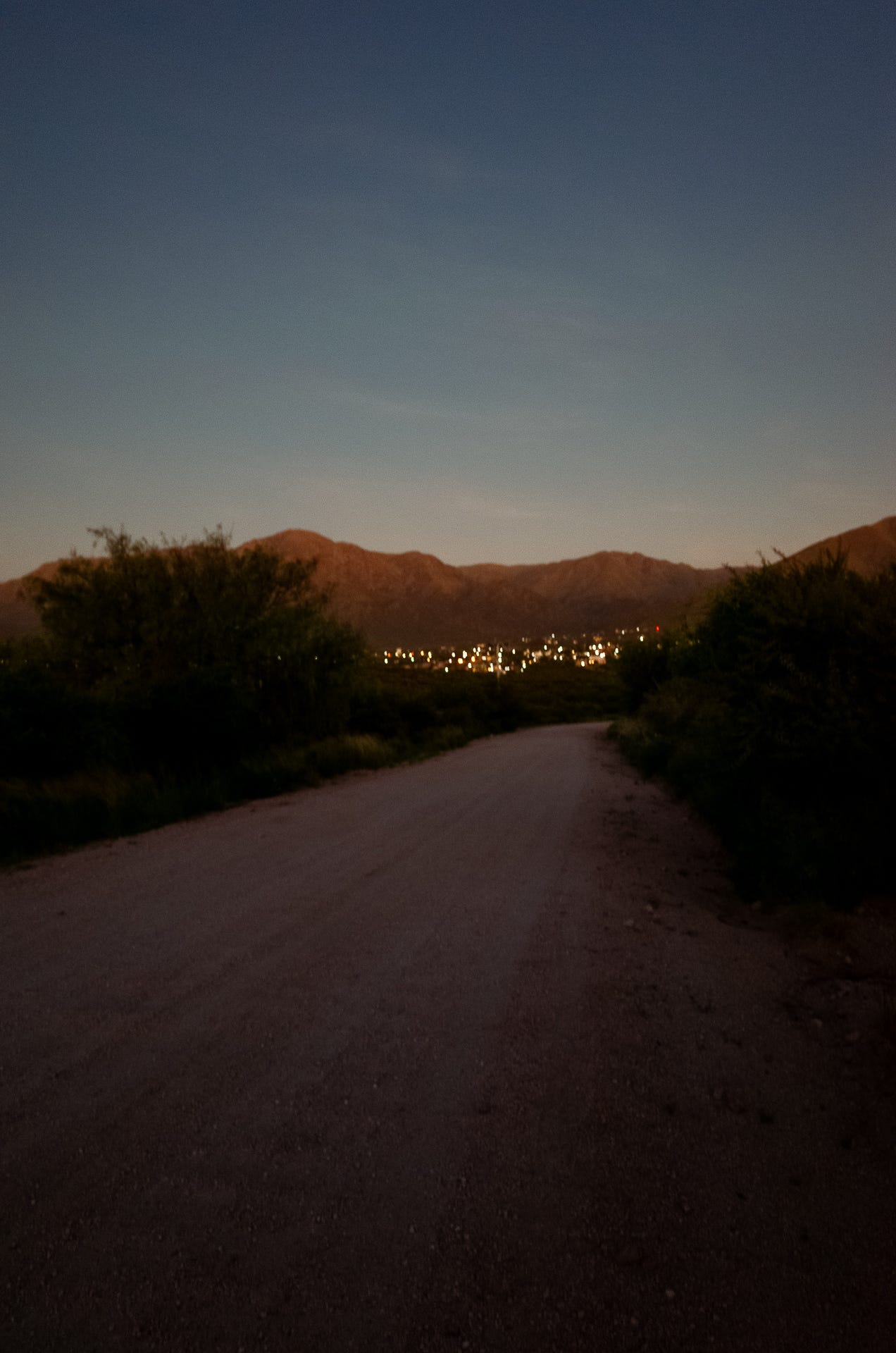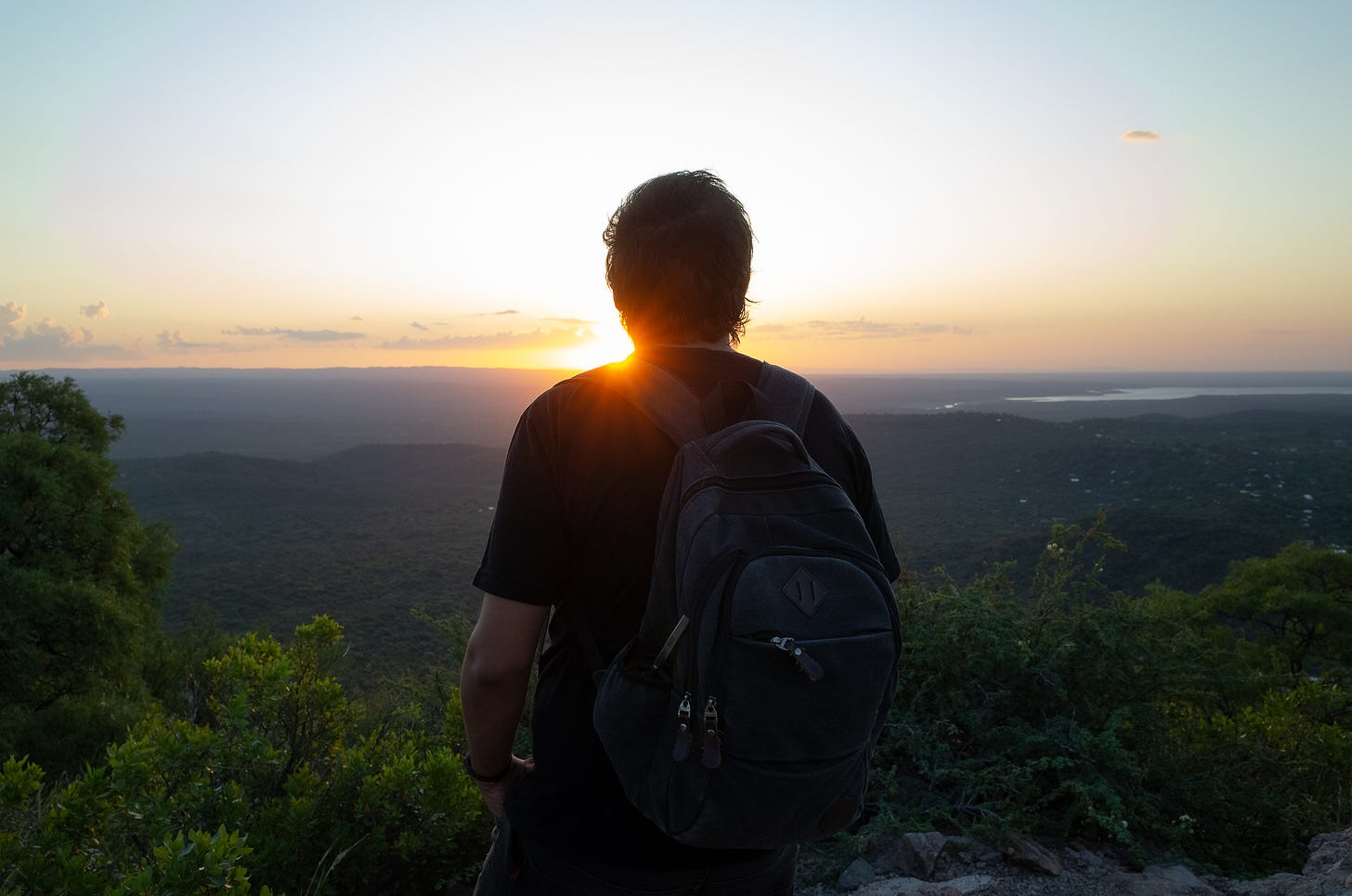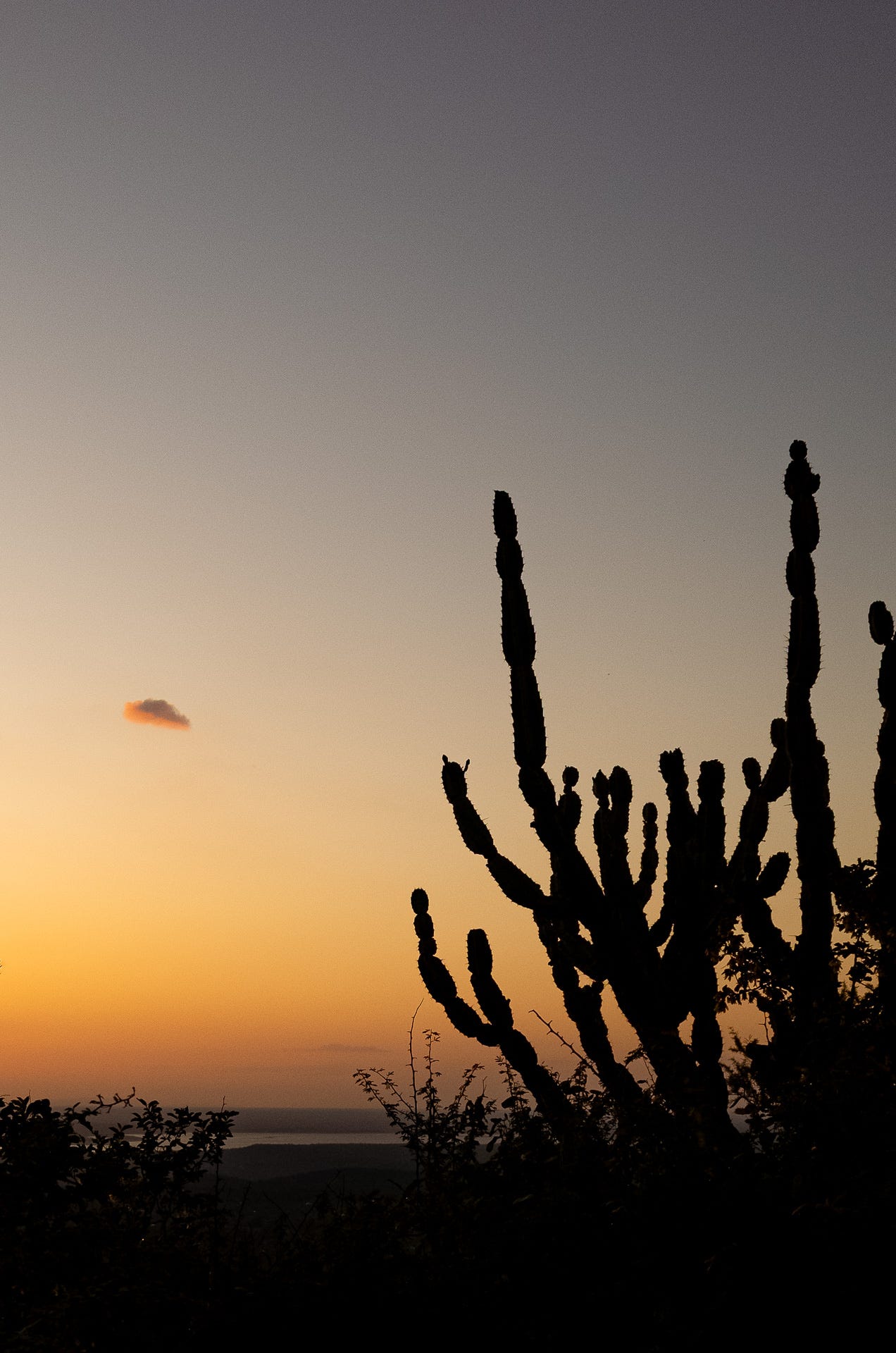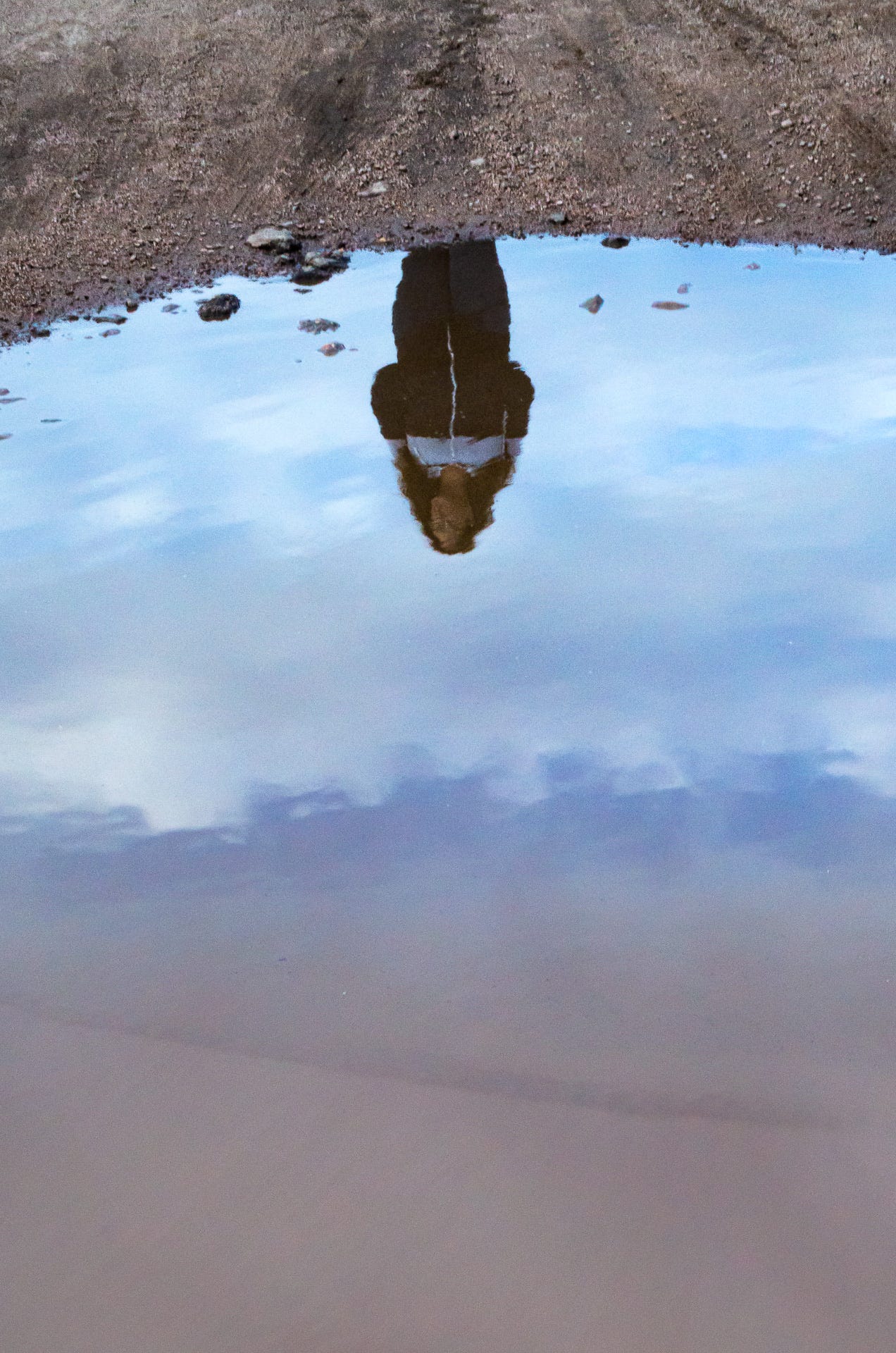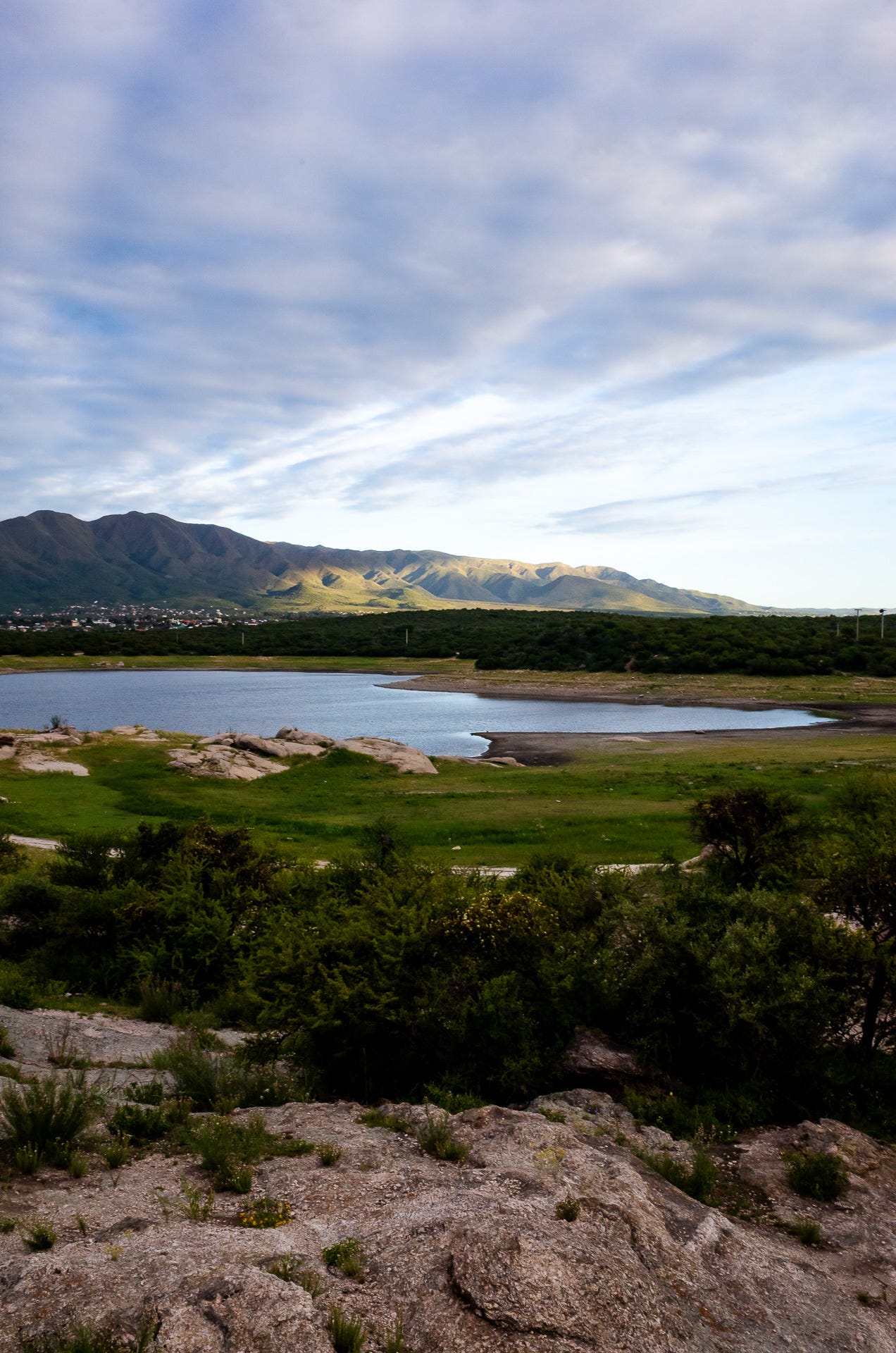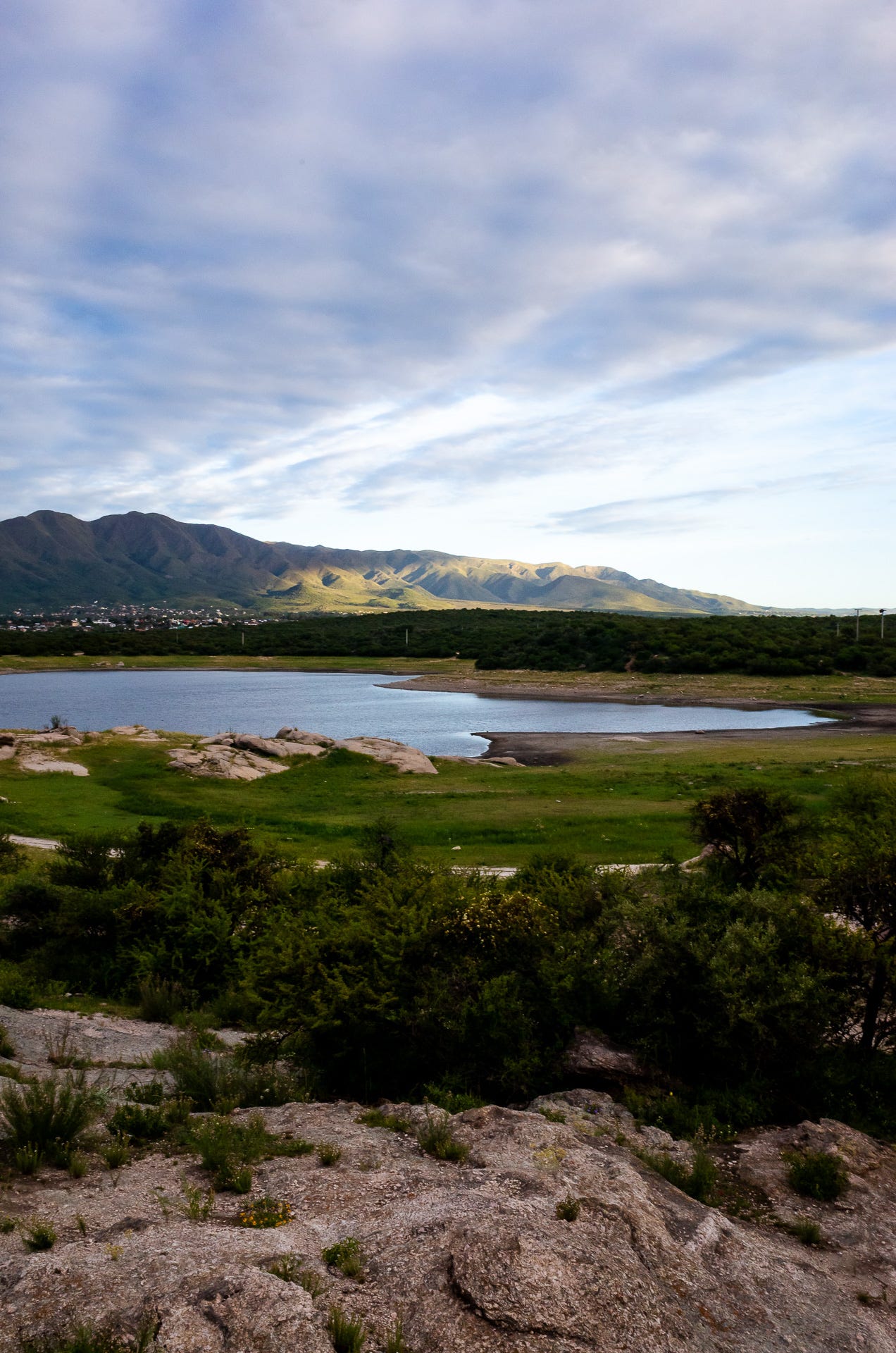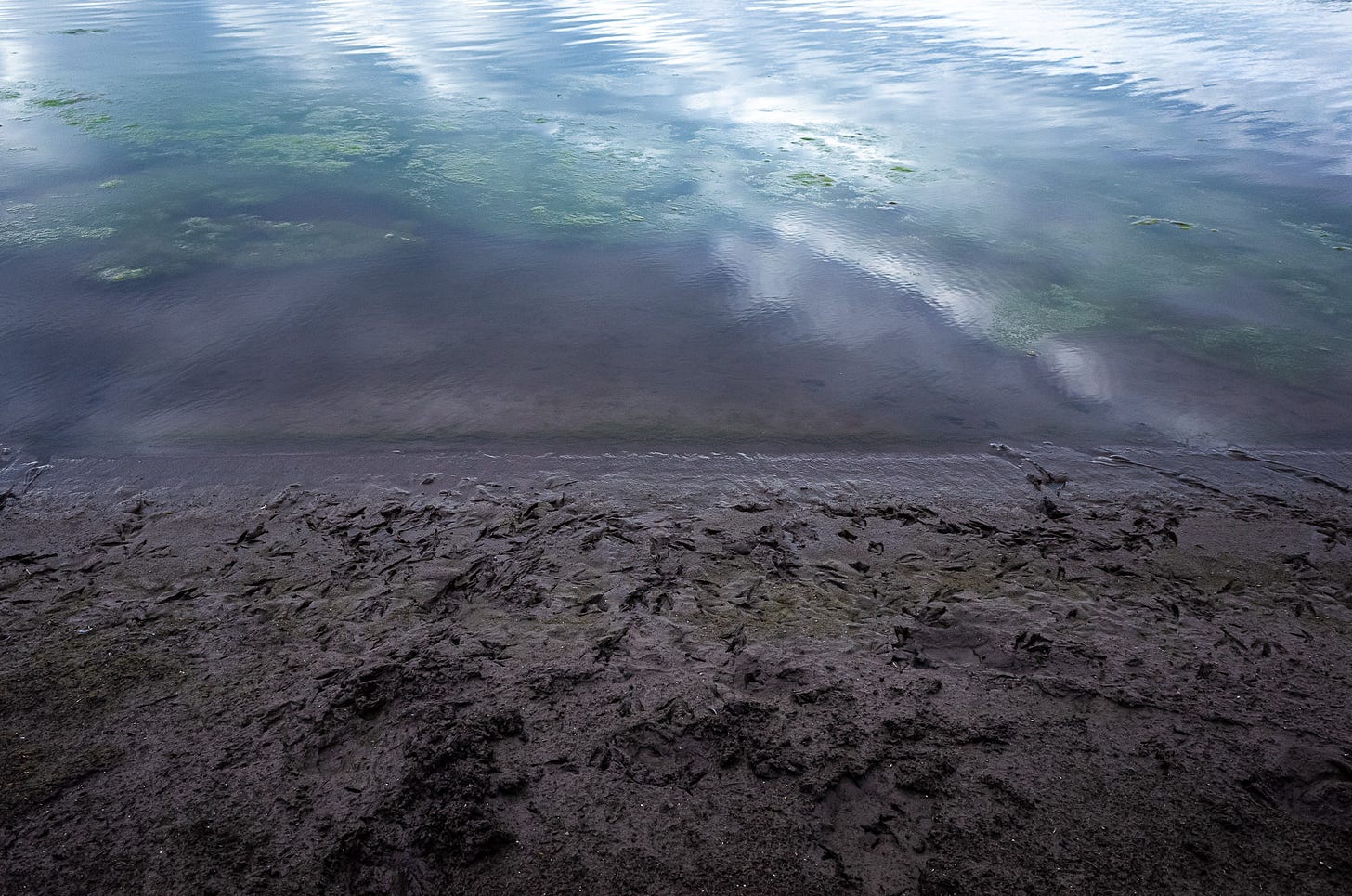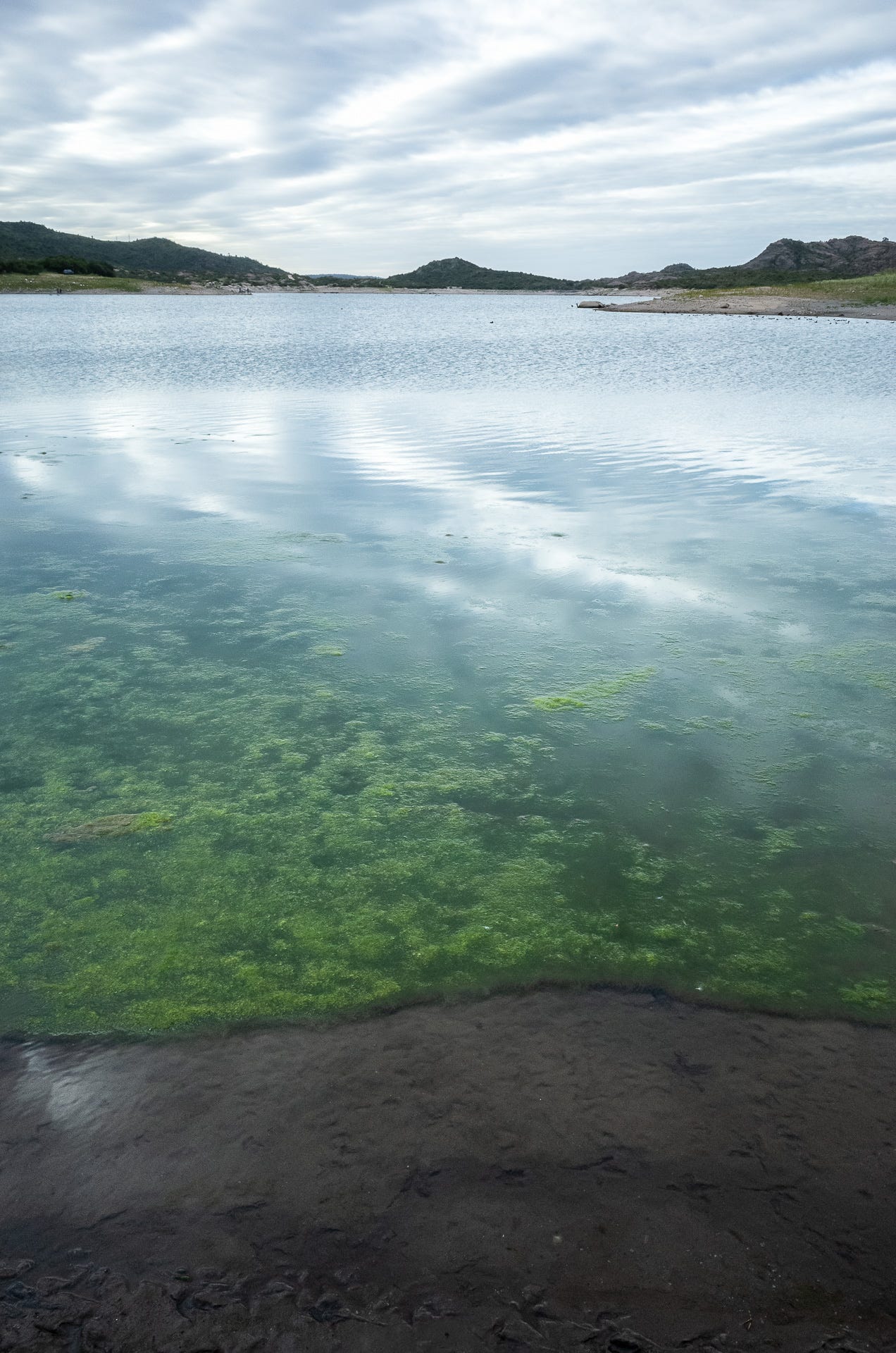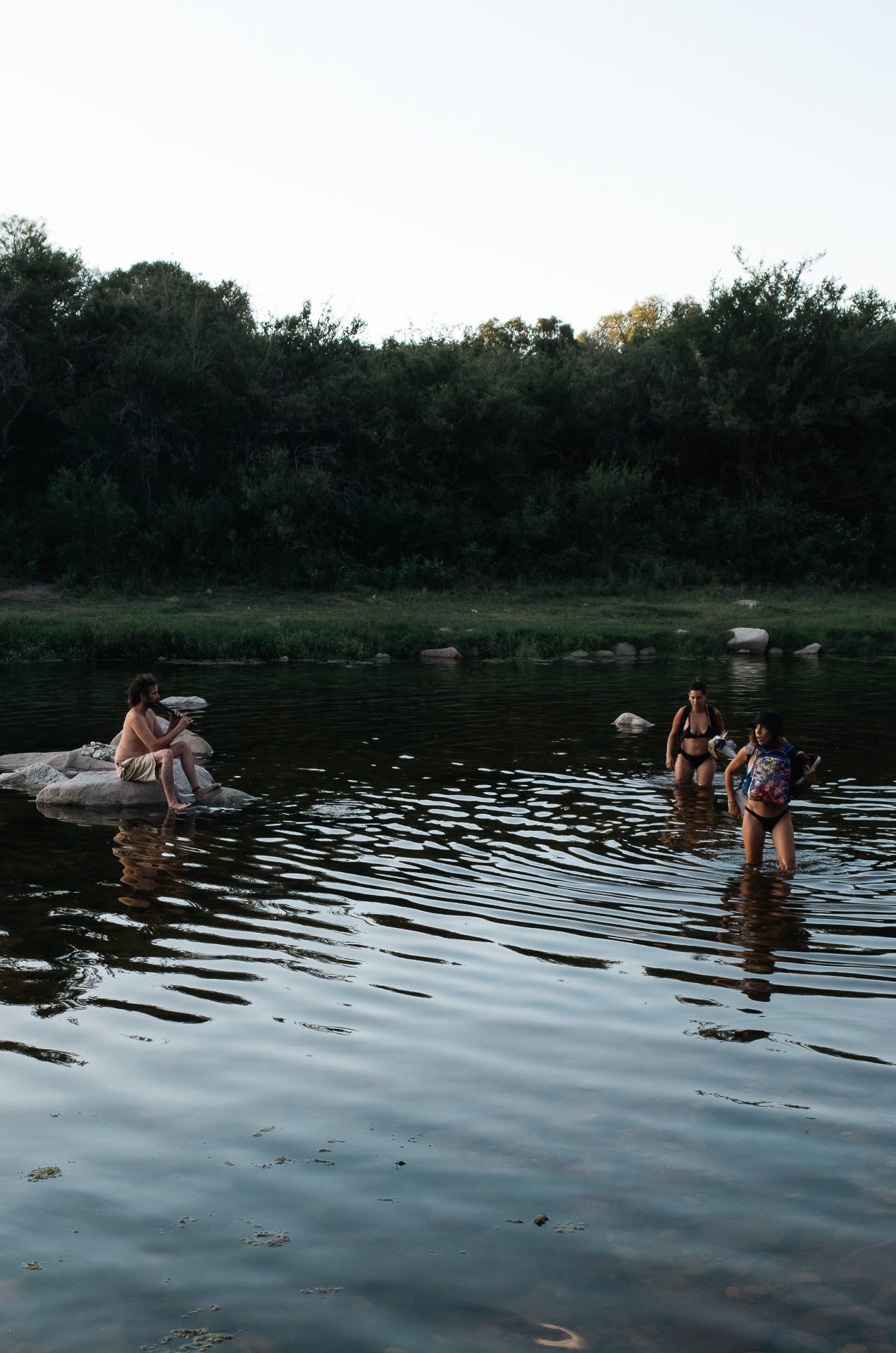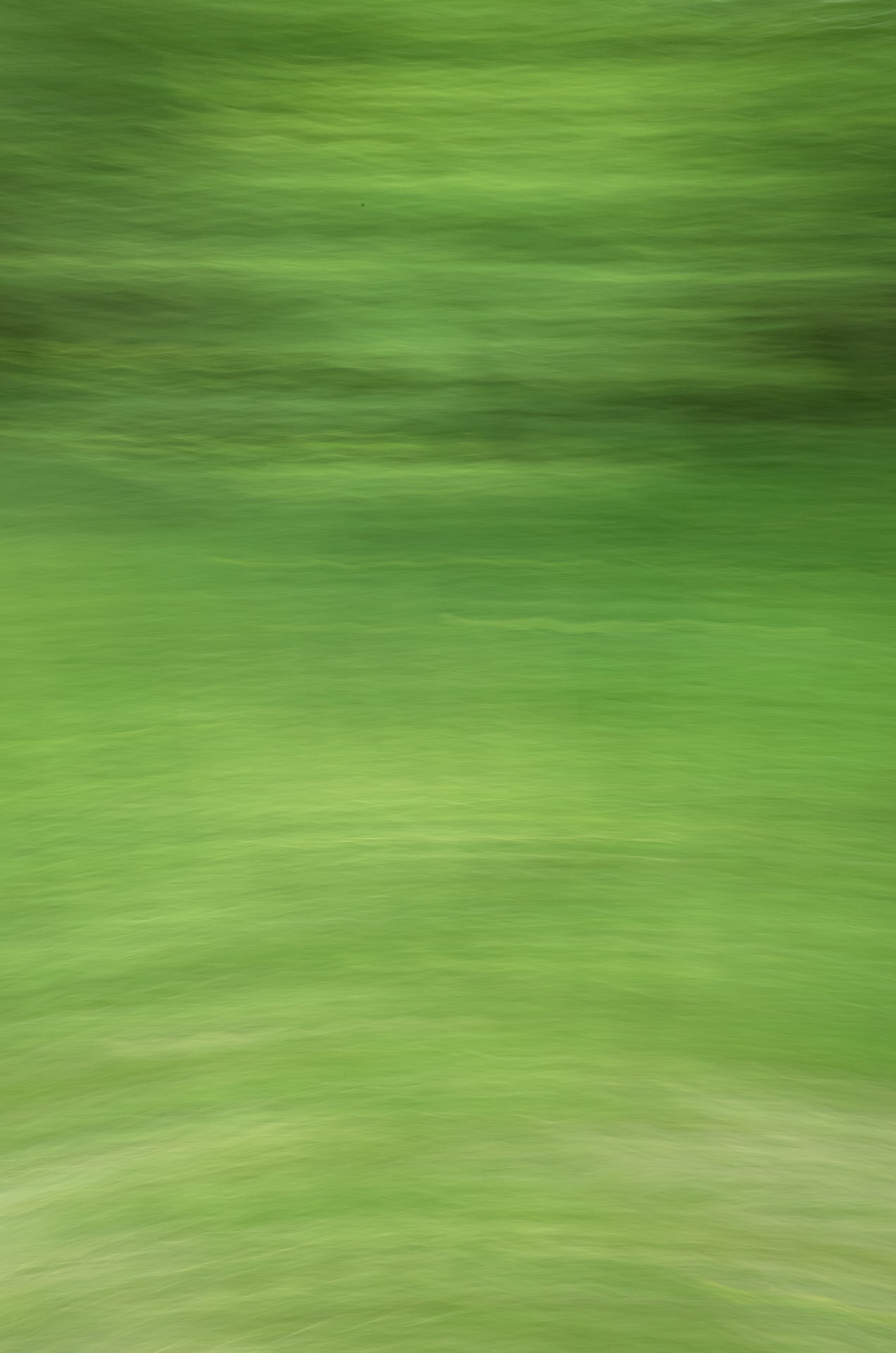Process
In February of this year, I went on vacation with a friend to the province of Córdoba. We explored several cities and towns, visited friends, toured around, took walks of 15-20 km, and strolled along rivers, etc. The photos illustrating this article (which can be quite a lot, and can be clicked to view in full size) were all taken during that trip with a compact camera with a fixed lens ("no zoom") Ricoh GRII, weighing 300 grams and fitting into the pocket of a pair of jeans. Although it has an APS-C-sized sensor and an optics with impressive quality, it remains an ultralight and less versatile equipment compared to other options (and already a few years old, with several later models available).
Now, you might be wondering, "But Nacho, don't you have a professional camera that you use for video and photo projects?" Yes, I do have a mid-range digital SLR camera and various lenses that I use for work. However, many years ago, I made the decision not to use it as my everyday camera, let alone for my vacations. In fact, as I mentioned in the previous newsletter issue, I sometimes use it for work and all.
Do I lose versatility, quality, resolution, dynamic range, high ISO capabilities, and who knows what else when I compare the Ricoh to my Canon? Yes, of course. But that's not what matters to me in these cases. If I had traveled with the other camera, the chances of it leaving the hotel and being taken out of the backpack were minimal. The photo simply wouldn't exist. And there is no worse photo than the one that doesn't exist.
In general, those of us who perceive ourselves as photographers, especially those from a more technical background, tend to get caught up in settings and buttons, sidelining utility to focus on specifications. We rarely use any of those advanced functions, and even more rarely do we let a photo pass because we don't have them. On the other hand, it's very common to miss out on photos because we don't have the camera with us or don't dare to take it out of the backpack due to security, laziness, fatigue, or whatever the reason may be.
The goal is to have the camera at our disposal, not the other way around; it is the tool (and, incidentally, the same applies to computers). Ken Rockwell often says, "The best camera is the one that gets out of the way of your ideas and lets you make them real," and I fully agree.
If I had a top-of-the-line smartphone, like, I don't know, an iPhone 14 Pro, I probably wouldn't have this little camera. When I bought it, I prioritized having a more convenient camera to handle, free from having to share its resources and battery with operating systems and applications. And, fundamentally, a camera that couldn't receive calls from clients or relatives while I'm trying to frame a shot. But it serves the same purpose: taking the photo versus not taking it. As I said many years ago, we have technology glued to our genitals for which Cartier-Bresson would have punched someone in the face.
Let's set aside the pretentious idea that the only valid mode is manual and that any automation is some kind of trap. Instead, let's use technology to free our minds from trivial decision-making and focus on what matters: creating images that represent us and our ideas, our unique way of seeing the world. The exact point between what the camera captured and how my memory stored the visual memory, how I perceived the light, the environment, the moment, the sensation, the feeling.
And, finally, let's play with discovering the potential of limitation as a creative tool: stepping out of our comfort zone, unlocking new connections in our train of thought, facing new problems, and solving old problems in new ways. It's an adventure that is always worth the effort.
Focus is a free monthly newsletter written by Nacho Dramis. Subscribe.
If you enjoy the content and find it useful, you can make a financial contribution to support the project through Cafecito (Argentina) or PayPal (Worldwide).
Another way to support the project is by purchasing prints and various items with my photos in my international store on RedBubble. I don't have a store for Argentina yet, but I hope to solve that soon.
The links to Notion and Moment are affiliate links, which means that if you buy something from them, you pay the same and I earn a commission.
You can also follow me on Instagram, Behance, and Twitter. Sharing my articles helps a lot and is free :)
Este newsletter también está disponible en español.
Complete Album Playlist
In this issue, the list is 100% composed of Argentine bands and it turned out quite extensive. Let's get started.
Tapones de Punta - Buenísimo!
Buenos Aires, Argentina, 2012
Some fantastic funk with melodies that really get your head moving. I discovered them through Spotify's algorithm and listen to them a lot. I've got tickets for an upcoming live show where I'll see them for the first time.
Massacre - Ringo
Buenos Aires, Argentina, 2011
Leading figures in "skate-rock" in the country, this album is my favorite and one of the most well-known. Punk, indie, guitars up front, and a powerful sound.
El Siempreterno - El Siempreterno
Buenos Aires, Argentina, 2010
A supergroup composed of members from Pez, Mimi Maura, Cienfuegos, and Los Fabulosos Cadillacs. Melodic punk rock, dark, and with a touch of melancholy in dual vocals. I picked up this album, but they're all incredible.
Jugo - Las aventuras del niño ansiedad
Buenos Aires, Argentina, 2018
Funk rock with a bit of RHCP influence and following the national trend of Mustafunk. I came across them because they're accompanying Tapones de Punta in the show I'm going to, and I really liked their sound. A rich kick in the neck.
Morbo y Mambo - Boa
Buenos Aires, Argentina, 2014
I have no idea how to classify this. It's instrumental, trippy, and it's fantastic. I missed seeing them live because I'm a dummy, but at least there are the albums, especially this one.
Pasajero Luminoso - Pool
Buenos Aires, Argentina, 2023
The fifth album from the instrumental jazz experiment led by Pepo Limeres (formerly of Pez) and company. Everything they release seems to surpass the previous one. I particularly enjoyed the track "Cabeza de radio," darker and a bit heavier.
Militantes del Clímax - Clímax
Buenos Aires, Argentina, 2016
A blend of funk and hip-hop, Militantes del Clímax spearhead a fusion style that has been making waves in the country in recent years. They provide a "+30 friendly" alternative within the so-called urban scene.
Eruca Sativa - XV Años, Vivo Estadio Obras
Córdoba, Argentina, 2023
While they currently reside in Buenos Aires, their origins in the city of Córdoba add a federal touch to the playlist. I stumbled upon this spectacular live performance on Spotify, featuring guest appearances and excellent renditions from one of the great bands of recent times.
Gaming
This section is ultra brief because this month I did everything except play 😟
I spent a bit of time on Brigandine: The Legend of Runersia, a kind of remake of the original Legend of Forsena from PSX that I played like crazy in my adolescence. It's essentially the same game, addressing balance and AI issues from the original, adding some quality of life improvements, placing more emphasis on the story, and adopting a fully modern anime aesthetic. If you're into tactical RPGs, feel nostalgic for the golden era of the genre in the '90s, and appreciate a distinctly Japanese art style and pace, don't hesitate.
I take this opportunity to remind my Argentine readers that Steam will be dollarizing the market and wallets on 20/11, so if you had anything on your shopping list, do it NOW or get ready to bleed. Also, as always, I recommend the Chrome extension Steamcito for my fellow countrymen.
Links
Many are from the well-known collection of newsletters TLDR, but well, consider it a distillation of three daily news summaries into one monthly compilation curated by me.
"Sampling in Video Game Music." A great nerdy summary of why video game music sounded the way it did 30 years ago and how it sounds today. Extra points for discussing MIDI and old-school hardware.
"Organizing Your Creative Work." Creative work analyzed as the process that transforms disorganized inputs like meeting notes and ideas into useful outputs such as files, products, etc., with a focus on the role that AI can and does play in this process.
"The 4 Levels of Personal Knowledge Management." An article that blew my mind in my eternal quest for an information management application to rule them all (I take this opportunity to recommend Notion, which I'm increasingly using more than Google Keep and will talk more about in future issues). It aligns well with the previous article.
https://fortelabs.com/blog/the-4-levels-of-personal-knowledge-management/
"Bill Gates - AI Agents." The founder of Microsoft (whom I enjoy reading a lot in this stage of his life) analyzing the present and future of "agents," a kind of personal assistants that artificial intelligences like LLM are evolving into, and the potential implications they will have in our personal and professional lives.
https://www.gatesnotes.com/AI-agents
"Nothing Soft About Soft Skills." An essay on the enduring importance and prevalence of social/communication/interpersonal skills, or whatever you want to call them, over technical and hard skills, both in the job market and in life itself.
https://newsletter.nesslabs.com/posts/ness-labs-nothing-soft-about-soft-skills
"3D Models from 2D Images in 5 Seconds." Adobe announced an AI model that can generate three-dimensional models from 2D images in just 5 seconds. If this is confirmed and becomes available to the public, it's a tremendous revolution for industries ranging from architecture to video games and cinema. In the jargon, we might say, "game changer."
That's all for this time. I plan to make the newsletter biweekly (There's so much to share! Most likely, the content of links and music will be spread across the two issues, and the section with my own text and photos will take center stage, as I imagine that's what you come here for.) So, we should meet again on 30/11 if all goes well.
¡Thanks for reading!
Nacho
Focus is a free monthly newsletter written by Nacho Dramis. Subscribe.
If you enjoy the content and find it useful, you can make a financial contribution to support the project through Cafecito (Argentina) or PayPal (Worldwide).
Another way to support the project is by purchasing prints and various items with my photos in my international store on RedBubble. I don't have a store for Argentina yet, but I hope to solve that soon.
The links to Notion and Moment are affiliate links, which means that if you buy something from them, you pay the same and I earn a commission.
You can also follow me on Instagram, Behance, and Twitter. Sharing my articles helps a lot and is free :)
Este newsletter también está disponible en español.

